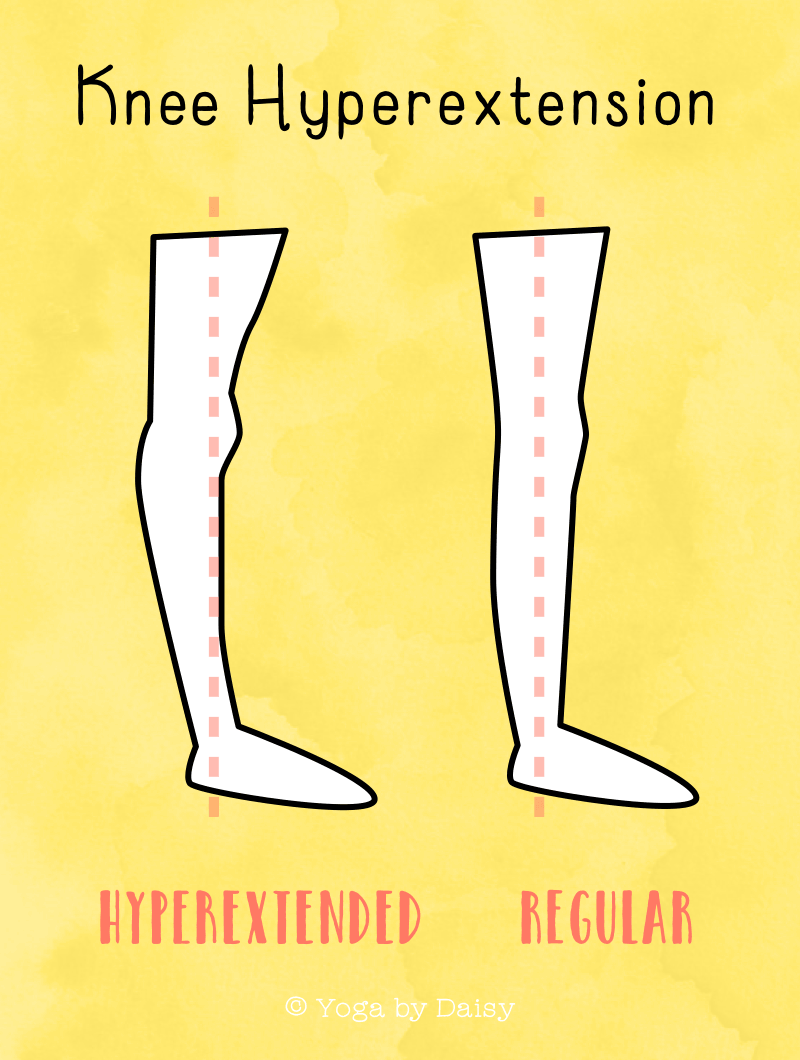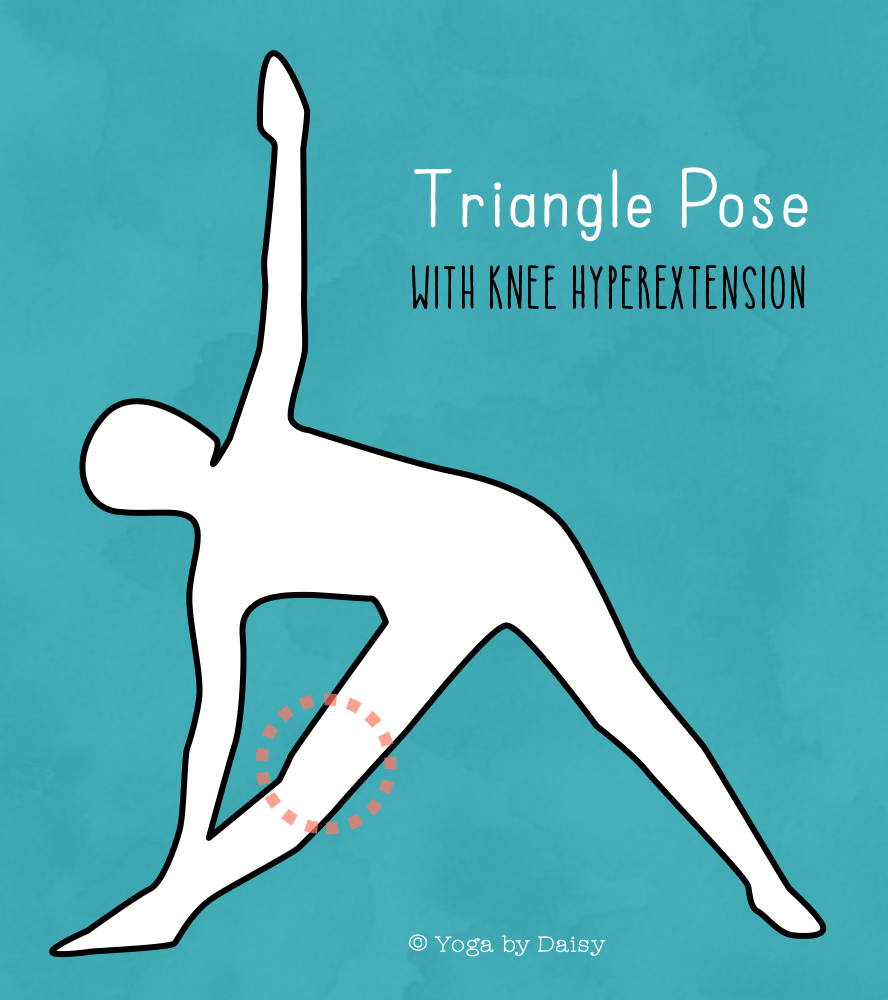Hypermobility Causes Injury
The human body is amazing. If one muscle or joint is not working optimally, the body can compensate by using a different area. You can get by for quite a while without a problem. Then, seemingly out of the blue, your shoulder hurts. You didn’t even do anything! And then your back starts to hurt. And then you notice, your knee feels a little strange. What is happening? You are falling apart!
Actually, this is your body telling you that you need to stop and reassess. Painful movement means that something is not moving correctly. You must work on correcting this pattern or it will inevitably lead to something else hurting.
What is your body’s weakest link?
Everyone has vulnerable areas in their bodies. These are the places that click and pop with certain movements. They might even “give way” or “go out of joint.” The vulnerable area is your weakest link. It is where something is hypermobile relative to the surrounding areas.
In a hypermobility, your proprioception (sense of joint position) is poor. You do not realize that you are in a bad position. You hold yourself this way simply because it is easiest for you. An example is the person who stands with her knees locked. She stands this way because there is too much motion into knee hyperextension. It is easier, energetically, for her to stand this way, because her muscles close to the joint don’t have to activate. She simply “hangs” in the joints.

At first, this does not cause a problem. She might get by standing this way for years without pain, in fact. But one day it will cause pain. It will come, seemingly, out of nowhere, maybe after slipping on the ice, maybe after triangle pose. Suddenly, the joint is inflamed and there is pain with every movement. With every step she takes, the two bones that come together at the knee joint move around too much. She lacks stability in the joint, and is now more vulnerable to something even worse happening, like a ligament tear.

Do not lock or hyperextend the front knee during triangle pose.
Promote stability
If our hypothetical woman had been doing yoga to promote stability instead of hypermobility, this would not have happened. The good news is, this hypermobility can be decreased if she learns to turn on the knee stabilizers. Simply unlocking the knees helps, but because her sense of joint position is poor, she will need to be reminded frequently. She will need to practice keeping the knee unlocked in a variety of positions. She will need a mindful yoga practice.


Comments